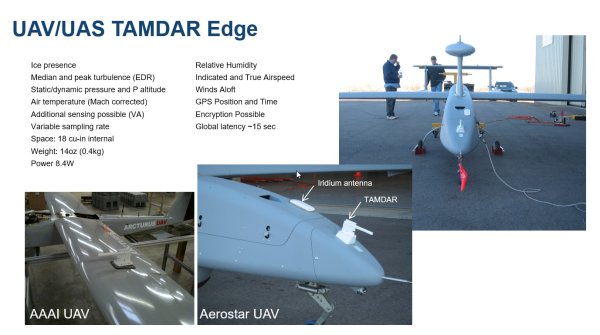
Weather Model
Despite advances in technology, weather forecasting remains largely hit or miss. Even private weather organizations will simply repackage weather models under the control of governments, combining data gathered from private organizations with that of government agencies.
Marshaling resources such as scientists, forecasters, shared satellites, real-time observations from aircraft and balloon soundings as well as surface observations, the resulting data is then used to develop physics-based forecast models across a 10 to 16 day period.
Yet the American Global Forecasting System (GFS), trails behind the European model, specifically for tropical cyclone track forecasting. This is because the European system has more dedicated supercomputers, with more sophisticated technology. That is, until a TV maker decides to get in on the game.
Panasonic Makes Weather Predictions
For a few years now, Panasonic has apparently been running its own global model using an 11,000-core supercomputer.
“We started the global model development in 2008 and finally got to the point where we were outperforming ECMWF by late last year,” says Neil Jacobs, the chief scientist for Panasonic Weather Solutions (PWS.)
PWS scores higher than the European model—the latter is at .923, with the PWS at .926; and the GFS scores a .908.

Given these scores, Panasonic’s team basically has beaten the world’s current best weather forecasting system.
Still, colleagues want to tread carefully—noting that while the initial results are very promising, it doesn’t show the whole picture.
“I would be careful,” said Cliff Mass, a professor of atmospheric sciences at the University of Washington who closely tracks the competition between global forecast models. “He’s shown me some results but not a lot of results. He’s making a huge claim. If it’s true, it’s extraordinary. A private company doing global data assimilation and running a global model. It would be amazing news.”